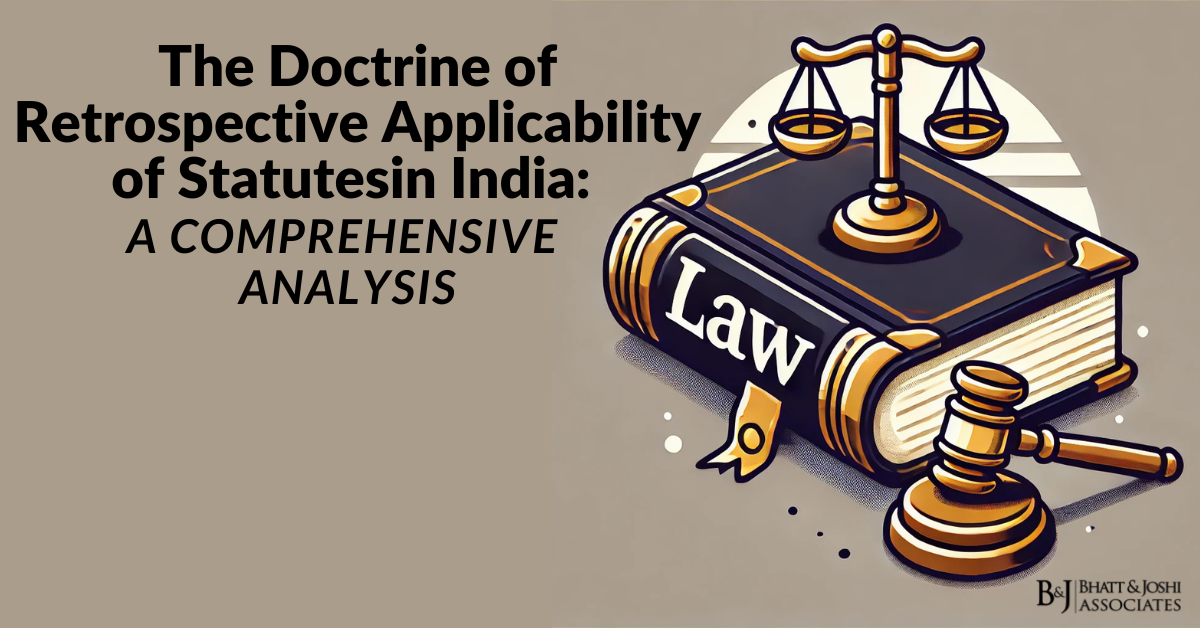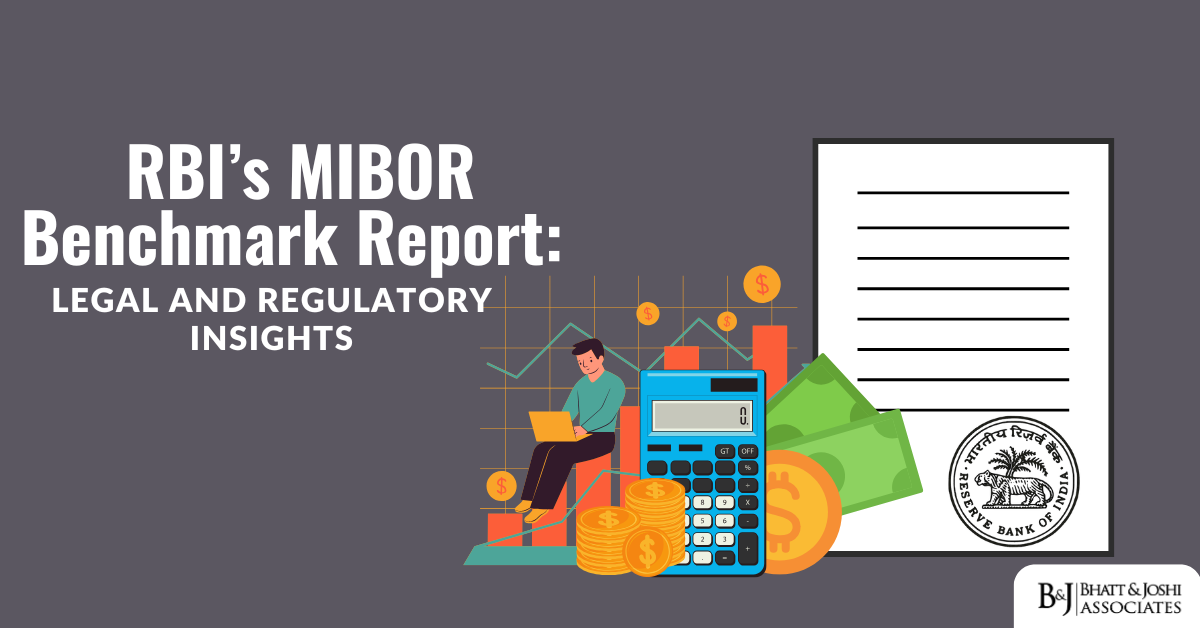Introduction
Artificial Intelligence (AI) has transformed various sectors, and the legal domain is no exception. One of the most controversial applications of AI is in criminal sentencing, where algorithms and predictive analytics are used to assist judges in making decisions about bail, parole, and sentencing. While this technological advancement promises efficiency and objectivity, it also raises numerous legal, ethical, and procedural challenges. These challenges are critical because they directly impact the fairness of trials, the rights of the accused, and the integrity of the justice system.
The Integration of AI in Criminal Sentencing
AI tools in criminal sentencing are designed to analyze vast amounts of data, including criminal records, demographic information, and case histories, to predict the likelihood of recidivism or assess the risk posed by defendants. Popular examples include risk assessment tools like COMPAS (Correctional Offender Management Profiling for Alternative Sanctions) and PSA (Public Safety Assessment). These tools aim to provide judges with data-driven insights to reduce biases and improve consistency in sentencing decisions.
However, these systems often operate as black boxes, where the methodology and decision-making processes are not transparent. This lack of transparency has profound legal implications, particularly regarding the right to a fair trial and due process. It raises the question of whether reliance on AI undermines the judiciary’s role as the ultimate arbiter of justice.
Regulatory Framework Governing AI in Criminal Justice
Local AI supervision within criminal sentencing contexts is quite different from one state to another. In the case of the United States, there is no broad AI sentencing law that is federal. Rather, the courts approximate the legality of the functions to general constitutional norms, such as the due process clause of the Fifth and Fourteenth Amendments. Some degree of regulation has been passed by state legislatures as well – certain states require concealment and accountability provisions to be implemented.
With its General Data Protection Regulation (GDPR), the European Union (EU) has automated decision-making, such as the right not only to receive an explanation but contest the outcome of algorithmic decision-making, granted under EU laws. Jurisdictions within the EU may choose to opt out of the GDPR provisions about criminal justice, but violations of personal rights through AI systems remain actionable. The planned EU Artificial Intelligence Act intends to design a categorization system based on the degree of risk posed by various AI systems, so criminal justice usages are seen as high risk and are therefore heavily regulated.
Currently, Indian legislation does not define the employment of AI within the criminal justice system. However, Article 14’s Equality before Law and Article 21’s Right to Life and Personal Liberty provide scaffolding to contest unfair practices stemming from the use of AI technologies.
Bias and Discrimination in AI Systems
Perhaps the most important AI-biased concern in the criminal jurisdiction is discrimination in sentencing. AI systems are highly dependent on the information they are given data to work with, which may introduce bias. The underlying data from criminal justice systems, for example, are fraught with biases like discrimination due to race, class, or region including socio-economic factors that AI systems assist in propagating and such. For example, one study showed that the algorithm used in COMPAS disproportionately identifies criminal risk among Black defendants than White counterparts.
The Bounds of Reasonable Discretion of algorithmic discrimination, legal standards for other countries such as the Equal Protection Clause of the Fourth Amendment of U.S law, prohibits discriminatory practices. Proving algorithmic bias is not applicable in the law context. It is challenging and technical. The State vs. Loomis case in 2016 was assured of how complicated this set of issues turns out to be. The defendant in question claimed that his due process rights were violated by the Illinois court’s use of COMPAS in sentencing the fact that they relied on an algorithm which does not make its logic public. While the Supreme Court of Wisconsin acknowledged the risk of misuse, ‘guardrails’, with related concepts, is necessary it did so without compromising the aim of placing AI-based systems in the decision-making processes of the law, it accepted reliance on COMPAS.
In the UK, worries have also been expressed about AI and its capacity to reproduce and even worsen existing gaps in sentencing. Civil rights organisations have reported how unjust use of algorithms may lead to outcomes requiring more scrutiny, societal responsibility, and demand.
Accountability and Transparency
The discussions about the use of AI technology in sentencing highlight the need for transparency and accountability. Many times, defendants alongside their counsel do not have access to the algorithms and information that determine risk scores, making a challenge to these assessments next to impossible. This primary lack of information creates suspicion issues relating to procedural due process; where a person has to be provided with a reasonable opportunity to contest decisions made that affect their rights.
The courts have begun to respond to these concerns. In the case of United States v. Molen (2013), the court held that the government was obligated to provide information detailing how the forensic software was constructed, arguing that there should be a lack of transparency with such technology evidence. The same reasoning should apply to AI-sentencing tools. Opponents believe that the sentencing algorithms and the data used to train them must be made available and put through independent assessments to ensure there is no bias and discrimination.
Intellectual property rights also add another layer of cloudiness to the already opaque systems of AI. Developers often shield their algorithms using claimed trade secrets, preventing the system from being examined in detail. This conflict between proprietary claims and the requisite for information within the justice system remains unsolved, presenting numerous obstacles to accountability.
Judicial Oversight and Discretion
The integration of AI in sentencing raises questions about the role of judicial discretion. While AI can provide valuable insights, over-reliance on these tools risks undermining the judiciary’s authority and responsibility to evaluate each case individually. Judicial discretion is a cornerstone of criminal justice, allowing judges to consider unique circumstances and exercise empathy. The mechanization of sentencing decisions, driven by AI, could lead to a one-size-fits-all approach, which conflicts with the principle of individualized justice.
To address this issue, courts and policymakers must strike a balance between leveraging AI’s capabilities and preserving judicial discretion. Jurisdictions like Canada have emphasized the importance of maintaining judicial independence in the face of technological advancements. In the case of R v. Nur (2015), the Canadian Supreme Court highlighted the need for proportionality in sentencing, which AI alone cannot guarantee.
Ethical and Privacy Concerns
To produce risk evaluations, AI technologies tend to depend on highly sensitive personally identifiable information. This dependence creates ethical dilemmas and privacy risks. Data collection is subject to various privacy laws and ethical guidelines to ensure that people do not become victims of unnecessary attention and abuse of their details.
The GDPR’s principles of data protection such as purpose limitation and data minimization are very strong when it comes to privacy protection in the use of AI. American privacy issues are handled by a mix of state and federal legislation like the excuse of unreasonable search and seizure of the Fourth Amendment. Carpenter v. United States (2018) is one such case where the boundaries of these protections were extended to cover digital data, which has important implications for AI systems in the criminal justice domain.
There are other ethical concerns besides privacy issues. Some critics maintain that allowing AI to determine sentencing disrespects human beings as it turns them into mere numbers and statistics which they are. This concern is part of the broader issue of respecting individual autonomy and fundamental human rights.
International Perspectives on AI in Criminal Sentencing
Different nations have taken different steps towards trying to regulate the use of AI in their criminal justice system. The Sentencing Council in the United Kingdom has suggested caution in the implementation of AI tools, offering the claim that it is imperative to have human oversight, in addition to saying that the systems need to be validated. In China, however, AI assumes a more active role in the judiciary system, with the existence of AI systems like “Smart Court” platforms which serve to aid judges in decision writing. This creates issues concerning possible over-dependence and ever-shrinking accountability.
The differences in the systems point to the fact that there is an introspective problem where there needs to be more collaboration internationally in addressing the common problem of the use of AI in sentencing. There are reports from the United Nations describing the AI “arms race” which call for parameters that dictate and contain the use of AI such that basic human rights and respect of laws are not violated. These actions indicate the risks acknowledged and the attention AI requires.
Future Directions and Legal Reforms
To solve the legal issues concerning AI and criminal sentencing, a number of reforms are needed. In the first place, everything must begin with the appropriate level of scrutiny. There should be laws and policy decisions from legislatures and the courts that require the disclosure of algorithms and training data in AI systems. In the second place, there ought to be bias mitigation audits and assessments done on a routine basis. Third, policies should constrain the capability of AI with respect to exercising discretion on sentences such that the judges’ powers will always be the overriding factor.
Furthermore, judges and other legal practitioners need to undergo post-graduate courses in AI for them to understand the practical workings of the tools in question. This understanding will enable them to analyze the results provided by those systems and outputs in detail.
In addition, the participation of the general public is equally important as already noted. The design and use of AI technologies in the criminal justice system should be reviewed by other constituencies like civil society organizations, information and communication technologists, and communities with a special focus on systematic marginalization to foster inclusion. Such collaboration can go a long way in achieving AI that automatically fulfils the requirements of equity and justice.
Conclusion: Ensuring Fairness in AI-Assisted Sentencing
The integration of AI in criminal sentencing presents both opportunities and challenges. While these tools have the potential to enhance efficiency and consistency, they also raise significant legal and ethical concerns. Issues such as bias, transparency, accountability, and judicial discretion must be carefully addressed to ensure that AI complements rather than undermines the justice system. Through thoughtful regulation, international cooperation, and ongoing legal reforms, it is possible to harness the benefits of AI while safeguarding the principles of fairness and due process. As the legal landscape evolves, it is imperative to prioritize human rights and the rule of law in the adoption of AI-driven technologies in criminal justice.














